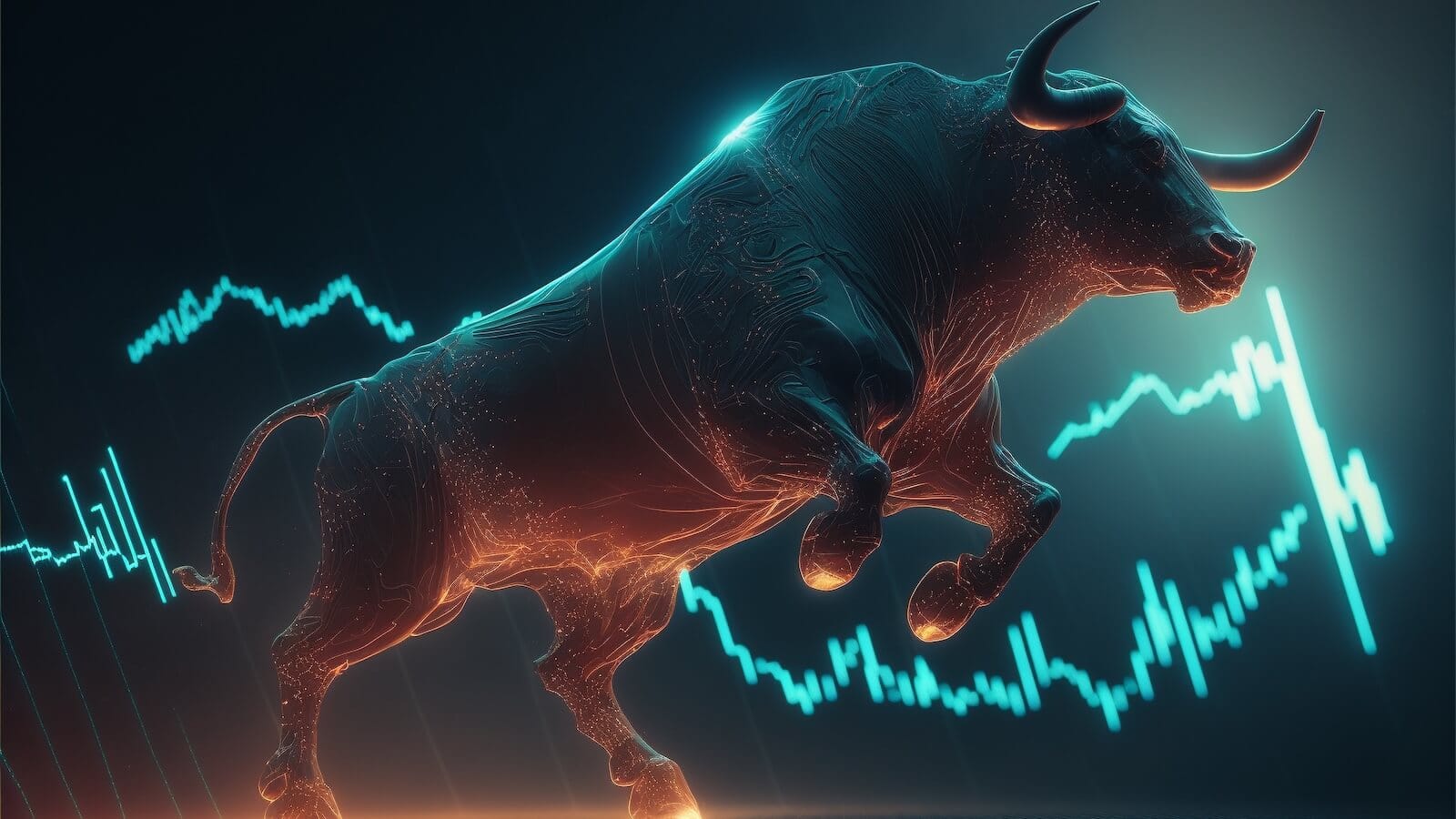EAFE ISHARES TEST POTENTIAL NECKLINE -- FOREIGN STOCKS ARE OVERSOLD, BUT STILL IN DOWNTRENDS -- S&P 500 CLIMBS BACK ABOVE 200-DAY AVERAGE -- WEEKLY MACD LINES, HOWEVER, REMAIN NEGATIVE -- TUMBLING COMMODITY PRICES ALSO WEIGH ON STOCKS
EAFE ISHARES NEAR TEST OF NECKLINE... I recently wrote about the possibility that foreign stocks were tracing out "head and shoulder" tops. Chart 1 shows an updated version of that potential pattern. The pattern is marked by three prominent peaks over the last two years, with the middle "head" higher that the two surrounding "shoulders". The trendline drawn under the 2010/2011 lows is a potential "neckline". A decisive close below a neckline usually signals that the pattern is complete and warns of lower prices ahead. The main point in today's chart is to show EAFE iShares dangerously close to that neckline. That means it's almost "make or break" time for foreign shares. If they're going to start stabilizing, they're doing to to have start doing it pretty soon. They're running out of room on the downside. While the EAFE Index is dominated by weaker Euro stocks, China has also become a big concern to global investors. Chart 2 shows China iShares (FXI) already trading below their 2010 lows and in a clear downtrend. There are two potential positives on that chart. One is that the 14-week RSI line is near oversold territory. The other is that the FXI has retraced 50% of its 2009-2010 advance. That sometimes acts as a support area. Unfortunately, their weekly MACD lines remains in negative alignment. At the moment, the charts have a bearish bias. But that could change if support starts to materialize around current levels, and foreign markets start to overcome some overhead resistance barriers. But they'll have to go a long way to accomplish that.

(click to view a live version of this chart)
Chart 1

(click to view a live version of this chart)
Chart 2
VANGUARD ALL-WORLD EX-US ETF IS OVERSOLD ... My favorite foreign ETF is the Vanguard FTSE All-World ex-US (VEU). The VEU is composed of both developed and emerging markets and offers a composite look at foreign stocks. The good news is that the VEU is near potential chart support at its November low and is in a short-term oversold condition. The 14-day RSI line has turned up from below 30 and daily MACD lines have turned positive. The bad news is that the VEU is a long way from any overhead resistance barriers, and remains well below both 50- and 200-day moving averages. The ability to hold above support is a positive sign. To reverse the negative chart pattern, however, foreign stocks have to overcome some distant overhead resistance barriers.

(click to view a live version of this chart)
Chart 3
S&P 500 BOUNCES OFF 200-DAY AVERAGE ... U.S. stocks are also testing important support. Chart 4 shows the S&P 500 climbing back above its 200-day average. [The SPX is also testing support along its fourth quarter highs ranging from 1292 to 1267]. Initial overhead resistance resides at the late-May intra-day peak near 1335. It's first attempt at that chart barrier failed yesterday. Two more important resistance barriers also remain above the market. One is the 50-day average (currently at 1353). The other barrier is the resistance line drawn under the April lows near 1358. The SPX would have to clear both of those barriers to turn its intermediate trend back up again. The 14-day RSI line has turned up from overhead territory near 30, but needs to clear its 50-day to signal a stronger rebound. Daily MACD lines have also turned positive. But weekly MACD lines haven't.

(click to view a live version of this chart)
Chart 4
REVIEW OF WEEKLY MACD SIGNALS ... Weekly signals are more important than dailies. Daily signals reflect turns in short-term trends, while weekly signals reflect more important market turns. Chart 5 reviews the last five weekly MACD signals going back to the spring of 2010 on the S&P 500. This is the third consecutive spring correction. It may be helpful to compare the current correction to the previous two. The first two red lines show MACD sell signals taking place in early May 2010 and mid-March, 2011. [A January 2010 sell signal was too early]. The third red line shows the last MACD sell signal taking place during the first week of May, 2012. Stocks bottomed at mid-year 2010, but didn't turn up until that September. That upturn coincided with a weekly MACD buy signal (first green line). Stocks bottomed at the start of October, 2011 before turning up later that month when it hit a three-month high. A weekly MACD buy signal was given at the same time during the week of October 24 (second green line). While both weekly signals came after stocks bottomed, both signalled a new upturn in stocks. At of this writing, the weekly MACD sell signal remains intact. The slight upturn in the MACD histogram (the difference between the two lines) is encouraging. The two weekly lines need to turn positive, however, to reverse the current downtrend. The best time to buy is when both daily and weekly indicators are bullish. So far, that's only true of the dailies. A lot more work needs to be done to restore the market's intermediate uptrend.

(click to view a live version of this chart)
Chart 5
FALLING COMMODITY PRICES WEIGH ON STOCKS ... Another warning that global stocks may be in for bigger losses comes from tumbling commodity prices. Chart 6 compares the S&P 500 and the CRB Index over the last three years. Both markets have been highly correlated. The last three spring corrections in stocks were preceded by peaks in the CRB Index (see arrows). And the two previous stocks upturns were accompanied by commodity bounces. The CRB bounced with stocks last October and December (but not as far). This time, however, the commodity downturn has been much more serious. The CRB Index has fallen to the lowest level in 21 months. That's normally associated with global economic weakness which isn't good for stocks. The deflationary implications of falling commodity prices also explains why bond yields have fallen to historic lows and why bond prices continue to rally. That's a dangerous environment for stock values.











